14 December 2023

Former EMBL staff scientist founds a start-up – DenovAI – for broader, faster and cheaper antibody discovery using advanced machine learning and computational biophysics.
SCIENCE & TECHNOLOGY
2023
sciencescience-technology
10 November 2023

A celebratory event at the Maritime Museum Bilbao marked the partnerships that make possible the TREC expedition on land and at sea along the European coast.
CONNECTIONSLAB MATTERS
2023
connectionslab-matters
5 September 2023

Jordi van Gestel and Maria Zimmermann-Kogadeeva each receive 1.5 million EUR funding for research projects on microbial predators and the gut microbiome respectively
EMBL ANNOUNCEMENTSLAB MATTERS
2023
embl-announcementslab-matters
4 July 2023
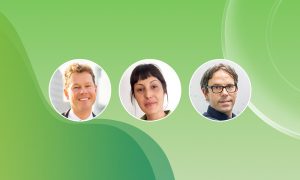
Three EMBL group leaders and six EMBL alumni were recognised for their contributions to the life sciences.
LAB MATTERSPEOPLE & PERSPECTIVES
2023
lab-matterspeople-perspectives
26 June 2023

The TREC expedition stop in Sopot offered an opportunity to create connections with Polish scientists and citizens around the topics of planetary biology and ocean science.
CONNECTIONSLAB MATTERS
2023
connectionslab-matters
14 June 2023

Jürgen Bauer talks about translating science into applications with societal benefit, his journey from the lab bench to business development, and technology transfer at EMBL.
LAB MATTERSPEOPLE & PERSPECTIVES
2023
lab-matterspeople-perspectives
8 March 2023
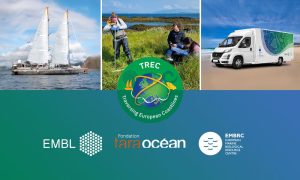
EMBL is leading the TREC project: the first pan-European and cross-disciplinary effort to examine life in its natural context.
EMBL ANNOUNCEMENTSLAB MATTERS
2023
embl-announcementslab-matters
2 February 2023

New artificial intelligence tool adds speed and detailed cellular information to analysis of cryo-electron tomography to aid researchers’ understanding of inner cell workings.
11 October 2022
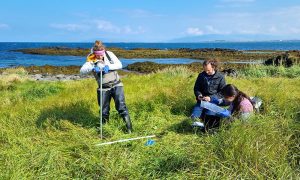
The final pilot project in Iceland marked the countdown to the ‘Traversing European Coastlines’ (TREC) expedition to study coastal ecosystems and their response to changes in the environment.
LAB MATTERSSCIENCE & TECHNOLOGY
2022
lab-mattersscience-technology
5 August 2022

How do gene expression patterns result in the generation of different cell types? Scientists at EMBL Heidelberg used the zebrafish notochord to find out.
SCIENCE & TECHNOLOGY
2022
sciencescience-technology
1 July 2022

Representatives from politics, industry and academia attended the inauguration ceremony at EMBL Heidelberg
EMBL ANNOUNCEMENTS
2022
embl-announcementsevents
10 May 2022
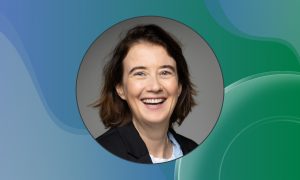
EMBL’s Head of Genome Biology announced as Fellow of the Royal Society for her exceptional contributions to science.
EMBL ANNOUNCEMENTSLAB MATTERS
2022
embl-announcementslab-matters
6 May 2022

Researchers at EMBL Heidelberg found that inversions in the human genome are more common than previously thought, which impacts our understanding of certain genetic diseases.
SCIENCE & TECHNOLOGY
2022
sciencescience-technology
4 May 2022

The honour recognises distinguished and continuing achievements in original research.
EMBL ANNOUNCEMENTSLAB MATTERS
2022
embl-announcementslab-matters
6 April 2022
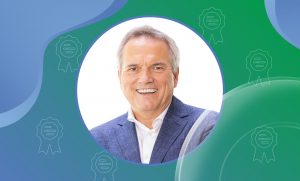
EMBL Heidelberg’s Matthias Hentze receives the Biochemical Society’s Centenary Award for his discoveries in RNA biology.
EMBL ANNOUNCEMENTSLAB MATTERS
2022
embl-announcementslab-matters
23 March 2022

Condensates are membraneless organelles that control specific functions within a cell. Scientists at EMBL Heidelberg have shown how the physical state of condensates can influence biological function.
SCIENCE & TECHNOLOGY
2022
sciencescience-technology
2 March 2022
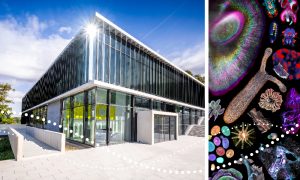
The new permanent ‘The World of Molecular Biology’ exhibition will open in mid-2023 at EMBL’s headquarters in Heidelberg. It will encourage people to actively engage with science and its relevance for everyday life.
EMBL ANNOUNCEMENTSLAB MATTERS
2022
embl-announcementslab-matters
18 January 2022

The Galej group at EMBL Grenoble has recently obtained high resolution snapshots of a crucial step in RNA splicing involving the U2 snRNP complex, a crucial component of the human spliceosome.
SCIENCE & TECHNOLOGY
2022
sciencescience-technology
9 December 2021
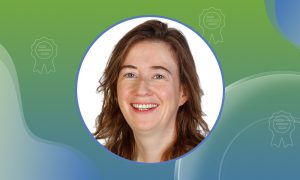
EMBL Senior Scientist and Head of the Genome Biology Unit is among the researchers honoured for outstanding work by the German Research Foundation (Deutsche Forschungsgemeinschaft, DFG).
EMBL ANNOUNCEMENTSLAB MATTERS
2021
embl-announcementslab-matters
12 November 2021
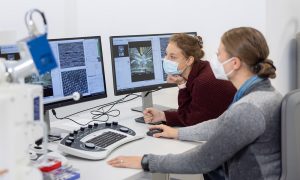
Correlative microscopy service enables PhD student from Switzerland to study structure and location of proteins cells use to communicate.
LAB MATTERSSCIENCE & TECHNOLOGY
2021
lab-mattersscience-technology
5 November 2021

What can sponges tell us about the evolution of the brain? Sponges have the genes involved in neuronal function in higher animals. But if sponges don’t have brains, what is the role of these? EMBL scientists imaged the sponge digestive chamber to find out.
SCIENCE & TECHNOLOGY
2021
sciencescience-technology
No matching posts found




















